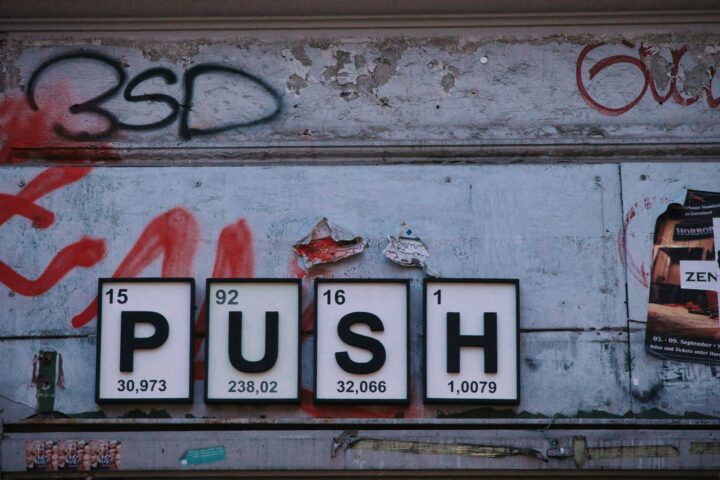Most of the music enthusiasts I know would admit that Achy Breaky Heart is one of the dumbest songs ever recorded. Why is it, then, that whenever someone mentions that song, it gets stuck in my head for days?!
And all of my writer friends agree that Bridges of Madison County is one of the most poorly written books ever published, yet it has sold over 50 million copies.
How is it that sometimes “bad” can feel so good?
The truly pompous critics would argue that the general public lacks the sophistication to recognize bad art, but I don’t think that’s true. I’ve heard book fans say, “I know the writing is awful, but I still love that story.” Others would argue that there must be some “universal truth” within the bad art that strikes a chord. Maybe. But that seems a bit lofty at times.
I think part of the appeal of bad art is that it allows us to feel superior. While most of us lack the skills or the confidence to comment specifically on what makes a masterpiece a masterpiece, nearly all of us can recognize a corny line in a movie or a crack in a piece of pottery.
And with a sense of superiority comes courage. Art no longer seems so intimidating. How many times have you heard someone refer to a bad piece of art and say, “Well, I could do that.”
But mostly I think our love of bad art comes down to this: no one wants to feel alone. When we take to the dance floor to mimic the moves of some silly new dance craze, we point at each other and laugh. We know we look ridiculous, but it’s okay, because everyone else looks ridiculous too.
We can gather in our book clubs and collectively roll our eyes, we can sit in a crowded movie theater and groan in unison, we can nudge a total stranger and say “Can you believe this crap?” and he or she will nod back.
In other words, bad art— just like good art—brings us closer together.


